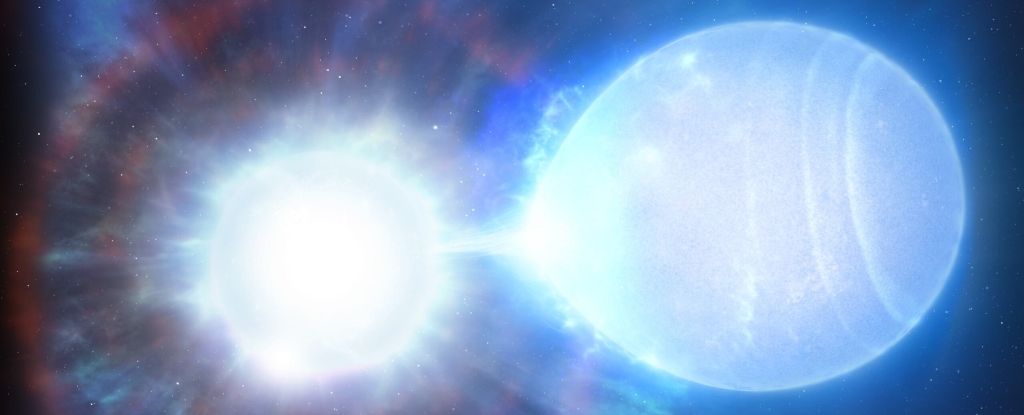The article discusses the eventual demise of stars, specifically focusing on a binary star system located about 150 light years from Earth. In approximately 23 billion years, the two white dwarf stars in this system are predicted to merge, potentially resulting in a Type IA supernova. These supernovae are important for measuring cosmic distances and are linked to white dwarfs that exceed a specific mass limit known as the Chandrasekhar limit.
Researchers have confirmed the theoretical link between binary white dwarf systems and Type IA supernovae. The discovery of the binary system WDJ181058.67+311940.94, which features a mass of about 1.56 solar masses and an orbital period of over 14 hours, provides concrete evidence of this relationship. As the stars orbit closer together over time, they will eventually merge and erupt as a supernova.
Notably, the article highlights the significance of this discovery in identifying similar systems and suggests that up to a few percent of Type IA supernovae in the Milky Way might originate from these double white dwarf binaries. The findings were reported in Nature Astronomy, representing a significant advancement in our understanding of the origins of Type IA supernovae.
Source link


